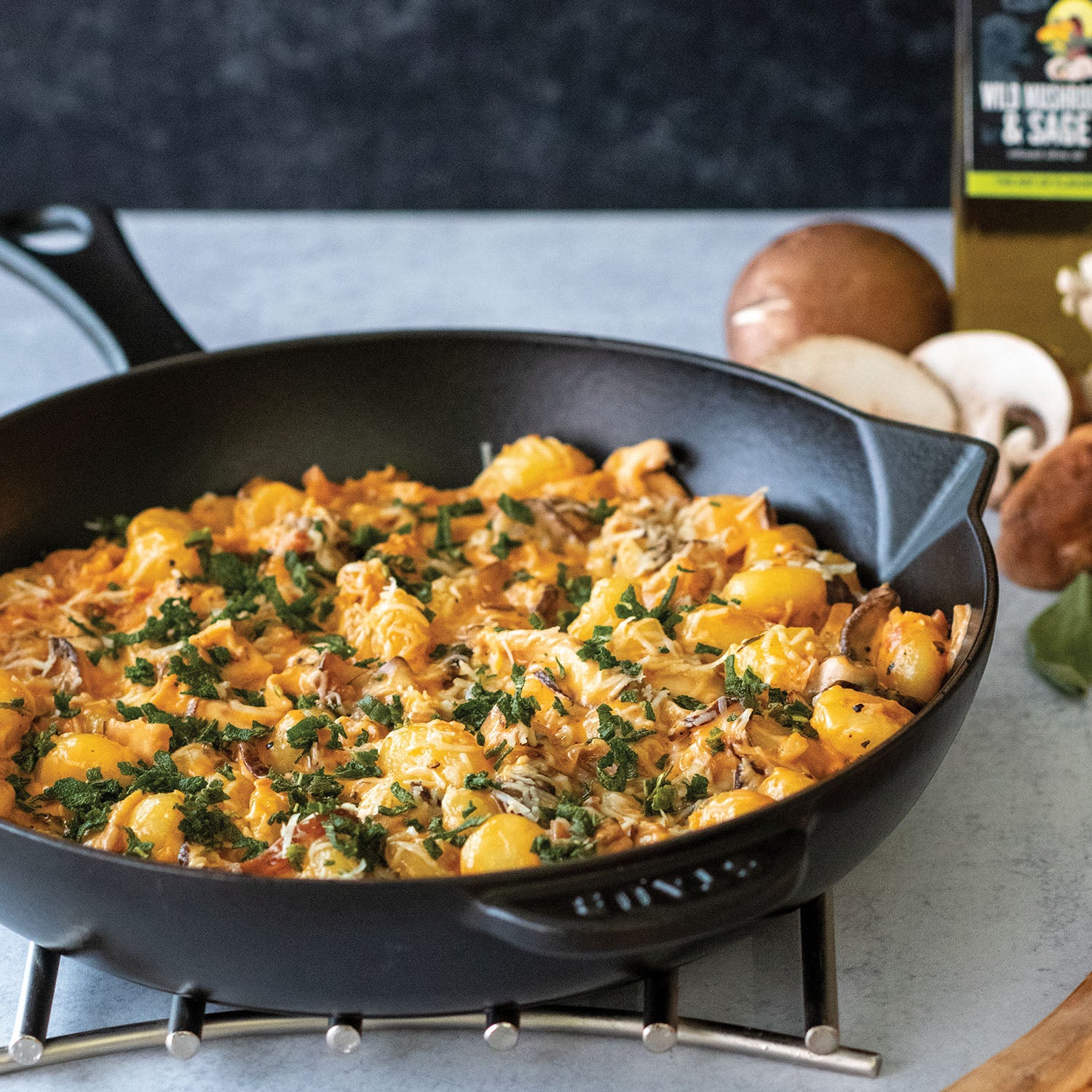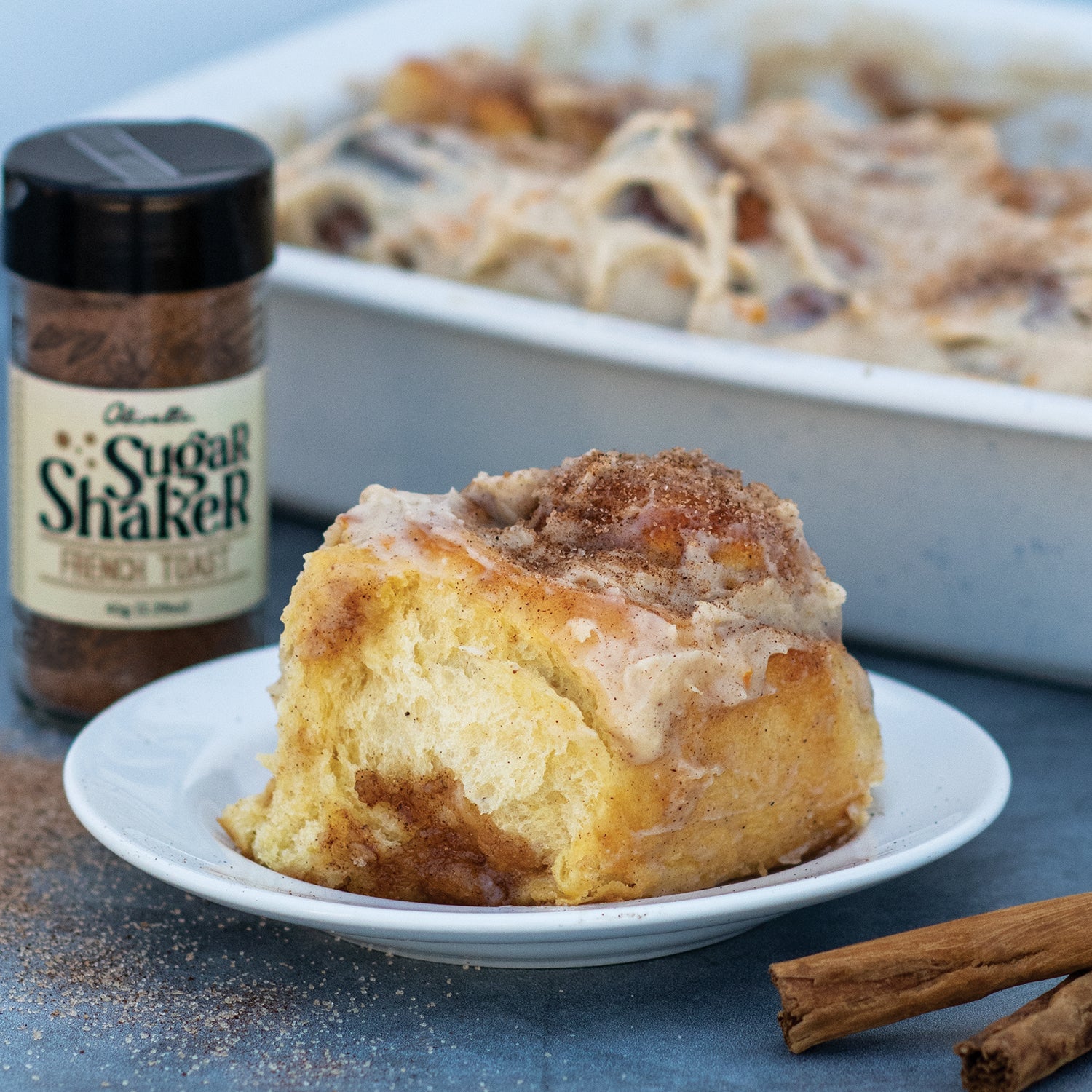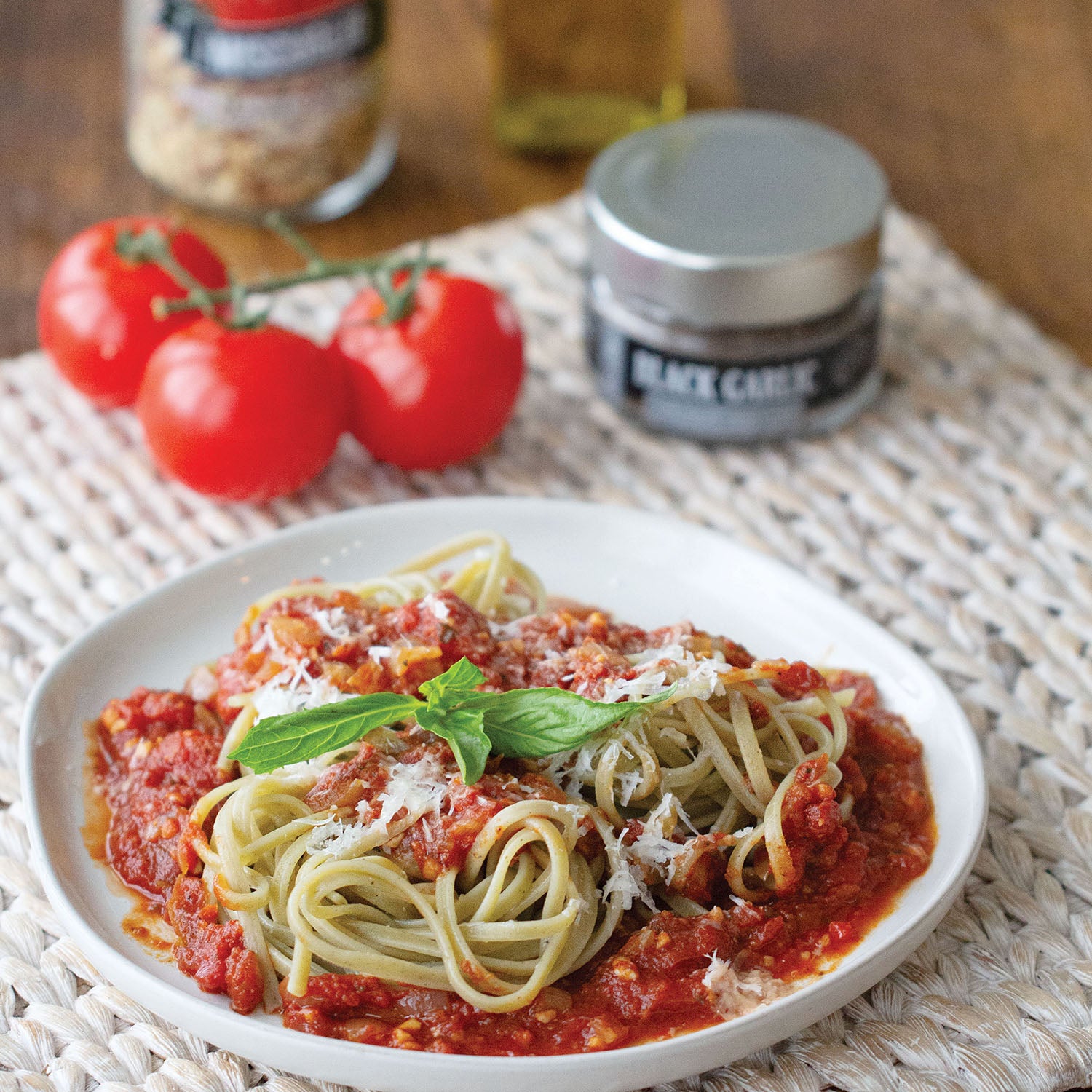Not all extra virgin olive oil is made the same. Good quality extra virgin olive oil should always smell and taste like things from a garden - fruits, vegetables, herbs, nuts, and spices. Olivelle works with family farms committed to producing single-estate early harvest extra virgin olive oil.
SINGLE ESTATE
Our olive oils are grown, picked, and pressed all on the same family-owned estates. The olives are pressed within hours of picking to prevent oxidation, ensuring the best flavor and aroma.
EARLY HARVEST
Our oils are harvested early in the season, when the flavors are balanced between green and peppery, and fruity and creamy.
FUNCTIONAL FOOD
Our early-harvest olive oils are naturally high in polyphenols- naturally occurring antioxidants. Olive oil is also a great source of monounsaturated fats and contains vitamins A, D, and E. Olive oil is a functional food, meaning when consumed regularly it can have a positive effect on your health.
GRADES OF OLIVE OIL
Extra Virgin Olive Oil
is first-pressed cold-pressed virgin olive oil of perfect aroma and flavor with a free acidity below 0.8%. Free acidity is a measurement of oxidation, the higher the number the more oxidation has occured and the poorer the flavor. Olivelle's olive oil has a free acidty below 0.3%. Note: many of these oils are "commercial" extra virgin olive oils are blended to a standard maintained year to year, and to a price. They may come from different regions and countries. Just like grapes from wine making, the flavor of these olives can change from year to year and field to field depending on soil, humidity, moisture, and other natural factors.
Virgin Olive Oil/ Ordinary Olive Oil
is virgin olive oil with a lighter flavor and a free acidity of levels up to 3.3%.
Lampante Olive OiL
This oil is unfit for human consumption in its original state and needs to be refined to make it suitable as food safe. Generally suitable for "technical purposes" only, for example, textile or cosmetic industries.
Three further grades, lower than virgin, make up 90% of the world olive oil production:
Refined Olive Oil
from virgin oils, usually lampante oil, and produced using heat and chemicals. Minimal flavor and health qualities still exist.
Pure Olive Oil & Light Olive Oil
is a specific foodservice term meaning “oil fit for human consumption that is made purely of olive oil.” Minimal flavor and health qualities exist. Generally you will see Pure Light Oil on the grocery store shelf. The term “light” is strictly attributed to color and flavor has no attribute to health.
Pomace Oil
is made from debris left over after extraction of virgin oils. It is treated with solvents such as hexane, carbon sulphide, or trichlorethylene. Most discerning cooks avoid this category completely.



